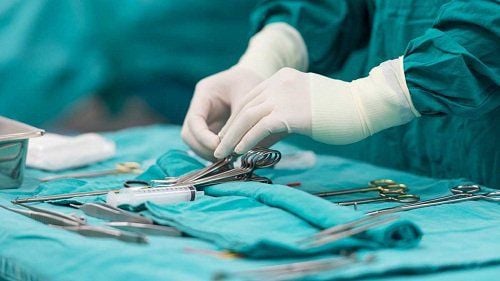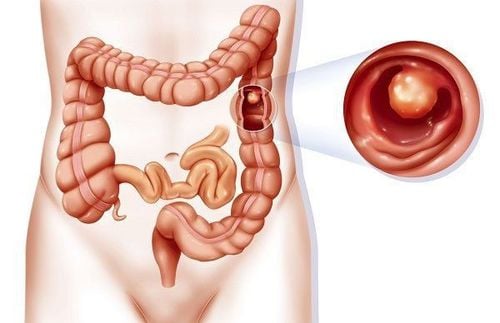This is an automatically translated article.
Diagnostic laparoscopy is an imaging technique commonly used to detect and evaluate abdominal or pelvic lesions.
1. What is diagnostic laparoscopy?
Diagnostic laparoscopy is an invasive imaging technique indicated for the diagnosis of diseases of the abdominal or pelvic organs. To perform a diagnostic laparoscopy, the doctor makes a small cut in the abdominal wall and then inserts an instrument called a laparoscope. This endoscope is like a thin binocular with a light source, the image obtained from the scope is projected onto an external screen, helping the doctor see the structures in the abdomen. During diagnostic laparoscopy, if abnormalities are found that can be handled, the doctor can combine them with the endoscopy.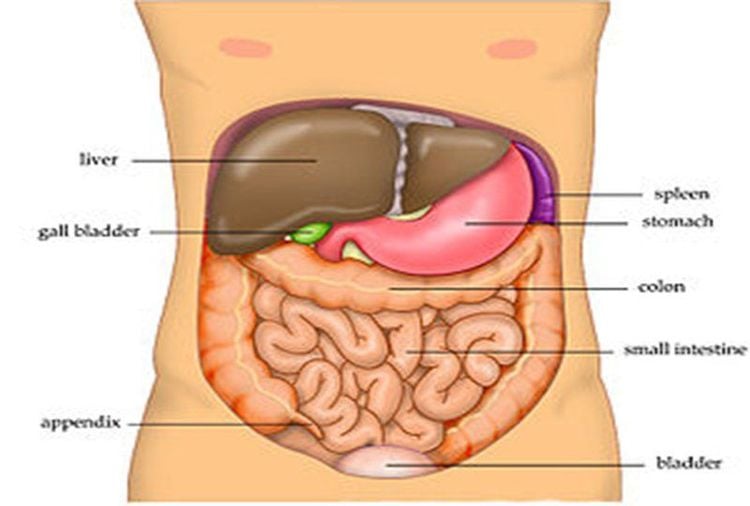
Hình ảnh giải phẫu ổ bụng
2. When is diagnostic laparoscopy performed?
Diagnostic laparoscopy is performed to find the cause of pelvic pain, swelling, or other abnormalities occurring in these areas that other laboratory diagnostic tools such as ultrasound, X-ray, etc. ... the diagnosis could not be determined. Because the abdomen can be clearly visualized, laparoscopy is useful in diagnosing a number of conditions such as: Pelvic infection, pelvic adhesions, endometriosis, uterine fibroids, etc. ectopic pregnancy, ovarian tumor, appendicitis,...
Diagnostic laparoscopy is also used to evaluate abdominal lymph nodes of unknown cause, ascites of unknown cause; diagnose the stage of cancer diseases, investigate the possibility of resecting the cancer by assessing the status of metastatic tumor in the abdomen, the level of invasion of the tumor,... Diagnostic laparoscopy helps Avoid unnecessarily large laparotomy when the possibility of resection is uncertain.
In addition, diagnostic laparoscopy is also indicated in emergency surgery for penetrating abdominal wounds or closed abdominal trauma to determine whether there is organ damage or not.
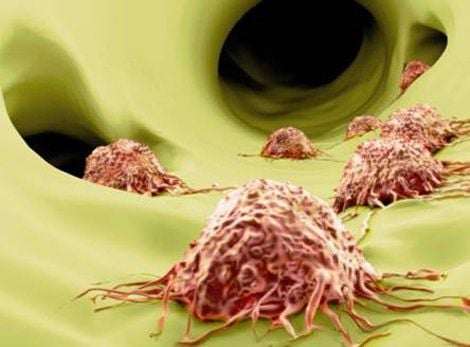
Nội soi giúp đánh giá tình trạng bệnh lý của khối u di căn trong ổ bụng
3. Steps to perform diagnostic laparoscopy
Patient will not eat or drink 8 hours before the procedure. Patients must inform the doctor about the drugs they are taking, the doctor will advise the patient whether to stop taking the drug or not.
Steps to perform diagnostic endoscopy:
The patient will be given endotracheal anesthesia, a urinary catheter and nasogastric tube can be inserted if necessary. The doctor will make a small incision about 1-2cm below the navel, then use a special tool to inject CO2 into the abdominal cavity to make the patient's abdomen swell. Abdominal distension allows structures within the abdominal wall to be clearly visualized. Through an incision in the abdomen, laparoscopic devices are inserted into the abdomen. If laparoscopy is combined with wound management, the doctor will make additional incisions on the patient's abdomen to insert other instruments. The image recorded from the laparoscope attached to the laparoscope will be transmitted to the screen, the laparoscope will be adjusted to different positions on the abdomen to help the doctor observe the entire abdomen including: peritoneal status, abdominal fluid, abdominal lymph nodes, abdominal organs in the upper and lower levels of the transverse mesentery,... Can be combined with aspiration for biochemical, cytological, and endoscopic examination. bacteria or biopsies in peritoneal nodules, tumors, liver, lymph nodes, .. suspected pathology. During the endoscopy, if the lesions are found to be treatable, the doctor will combine the treatment procedure right in the endoscopic case. After the endoscopy is over, the doctor will remove the instruments and sew up the skin incisions.
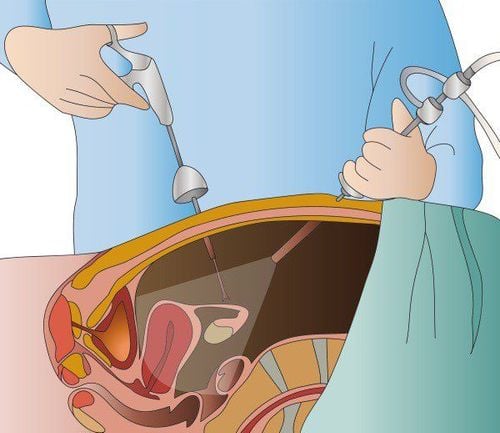
Kỹ thuật nội soi ổ bụng chẩn đoán
4. What should be done after diagnostic endoscopy?
After diagnostic laparoscopy, the patient will feel discomfort, dizziness, pain in the abdomen, pain in the top of the shoulder may appear due to the phrenic nerve being stimulated when the air is inflated into the abdomen. However, patients do not need to worry because the above symptoms usually disappear on their own after 1-2 days. Usually, after 5-7 days, the patient can return to normal activities. In order to recover quickly after the endoscopy, the patient should get up early, walk gently, drink sugar water, milk on the first day after surgery, after defecation can eat normally. Patients should spend a lot of time resting and avoiding vigorous exercise. If there are symptoms such as high fever over 38 degrees, severe abdominal pain in the abdomen, cold shivering, fatigue, leg swelling, ... the patient should be returned to a medical facility for re-examination.
5. Possible complications during diagnostic endoscopy
Diagnostic laparoscopy is an effective and safe method of diagnosis, but in rare cases complications such as postoperative infection, anesthesia complications, and intra-abdominal bleeding may occur. due to damage to blood vessels or intra-abdominal structures,... Treatment measures will be taken depending on the patient's specific complications, open surgery may be indicated for treatment if necessary.
Vinmec International General Hospital with a system of modern facilities, medical equipment and a team of experts and doctors with many years of experience in neurological examination and treatment, patients can completely peace of mind for examination and treatment at the Hospital.
To register for examination and treatment at Vinmec International General Hospital, you can contact Vinmec Health System nationwide, or register online HERE.
SEE MORE
How does laparoscopy take place? In which cases is laparoscopic surgery usually indicated? Diagnosis and laparoscopic surgery




